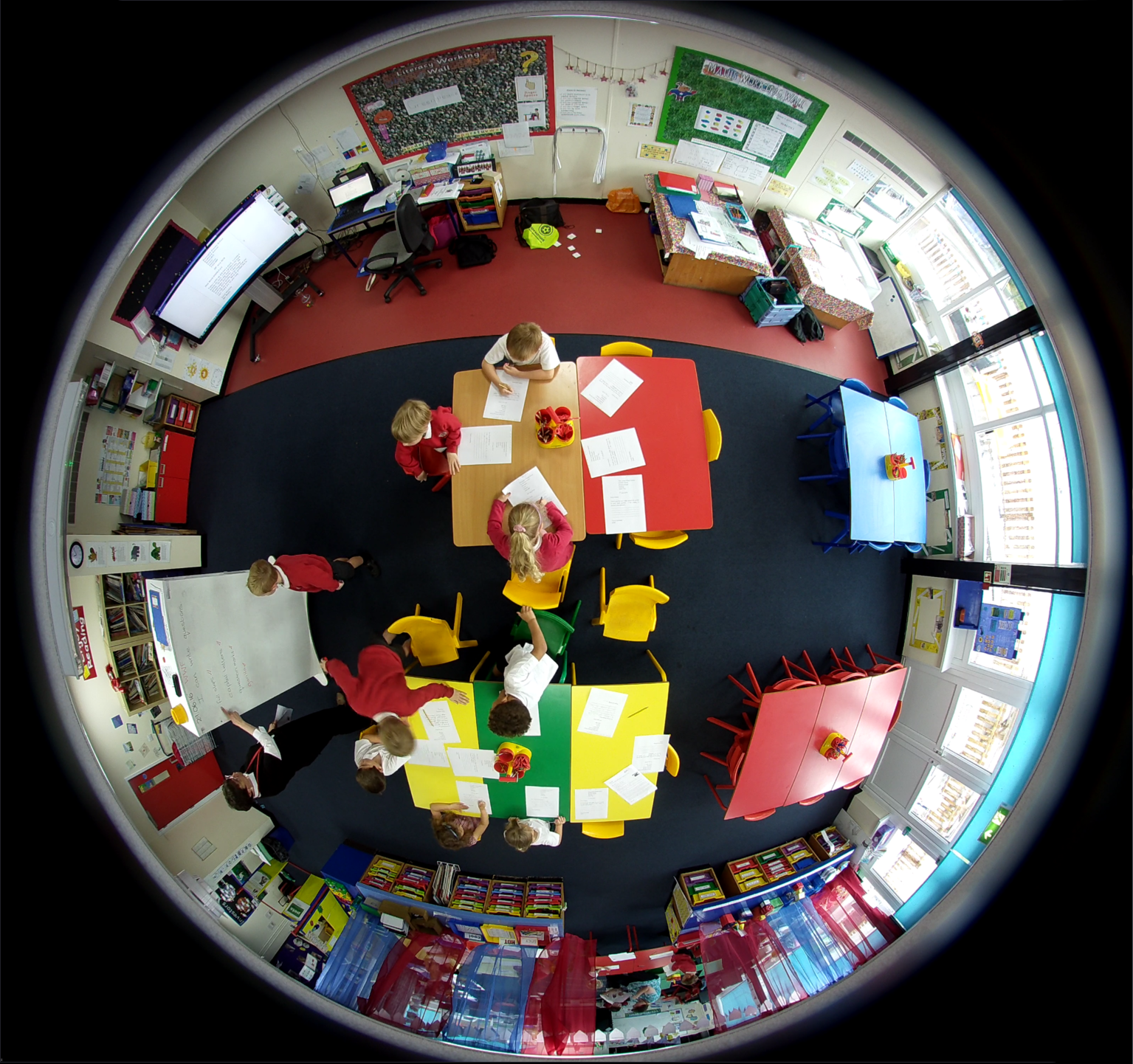- Blogs
- 2 Minute Read


Our last blog post discussed ways that teachers could take charge of their CPD and make it more relevant and effective. One of the suggestions was to use lesson observations to do so. This blog expands on the idea and suggests 5 ways that video observation can help improve teacher CPD by providing actual evidence of what really happens in the classroom.
The Sutton Trust’s 2015 publication ‘Developing teachers; improving professional development’ includes a number of case studies of the effective use of video. The first, from Wallscourt Farm Academy in Bristol involved lessons being filmed and viewed in pairs with colleagues so that each can learn from the other. The report said that:
“Observations and the resulting discussions are seen as a way of teachers supporting research into effective teaching.”
Another case study from the Sutton Trust report was on Huntingdon School in York. The school offers 2 hours of continuing professional development every fortnight in addition to the five training days.
In the 19 two-hour sessions, teachers start off by watching and debating examples of practice on video.
They then work in subject areas, focusing on two or three departmental development priorities, one of which is chosen by individual members of the department as a performance management objective. Each teacher’s personal development is charted in a journal in which they record how they are working on their teaching.
Schools can collect video evidence over time to share with new staff (for example to explain the routines of a school); as part of CPD discussions within teams or departments; or even as evidence of change for inspections. At Aston University Engineering Academy, teachers often pass on positive clips of lessons to senior managers to show how they have successfully delivered new ideas or engaged classes.
CPD doesn’t necessarily have to involve other people – and simply videoing and observing your own lessons can lead to professional growth.
To make this even more effective in our partner schools, our Teacher Development Lead, Dr. Sean Warren remotely coaches colleagues to build their capacity and confidence to review their own footage.
Video footage isn’t just useful within schools – it can be shared widely (as long as the right protocols are followed and permissions obtained). This might mean sharing footage with initial teacher training mentors in universities or teaching schools; with experts in areas such as SEN or behaviour within a trust; or with specialist coaches such as Dr Warren.
We hope you gathered some of the many clever ways of using video to aid lesson observation and overall CPD. Does your school use video in an innovative way? Share your ideas with us – and other fellow educationalists – on our Twitter and LinkedIn pages.
Finally, if you’d like to explore the potential of 360-degree video lesson observation for enhanced and personal CPD, our unique video observation solution might be just right for you. Please get in touch with our team and ask for a demo.

The School of the Future Guide is aimed at helping school leaders and teachers make informed choices when designing the learning environments of the future using existing and upcoming technologies, as they seek to prepare children for the rest of the 21st century – the result is a more efficient and competitive school.
KEEP IN TOUCH WITH ONVU LEARNING AND RECEIVE THE LATEST NEWS ON EDTECH, LESSON OBSERVATION, AND TEACHER TRAINING AND DEVELOPMENT.